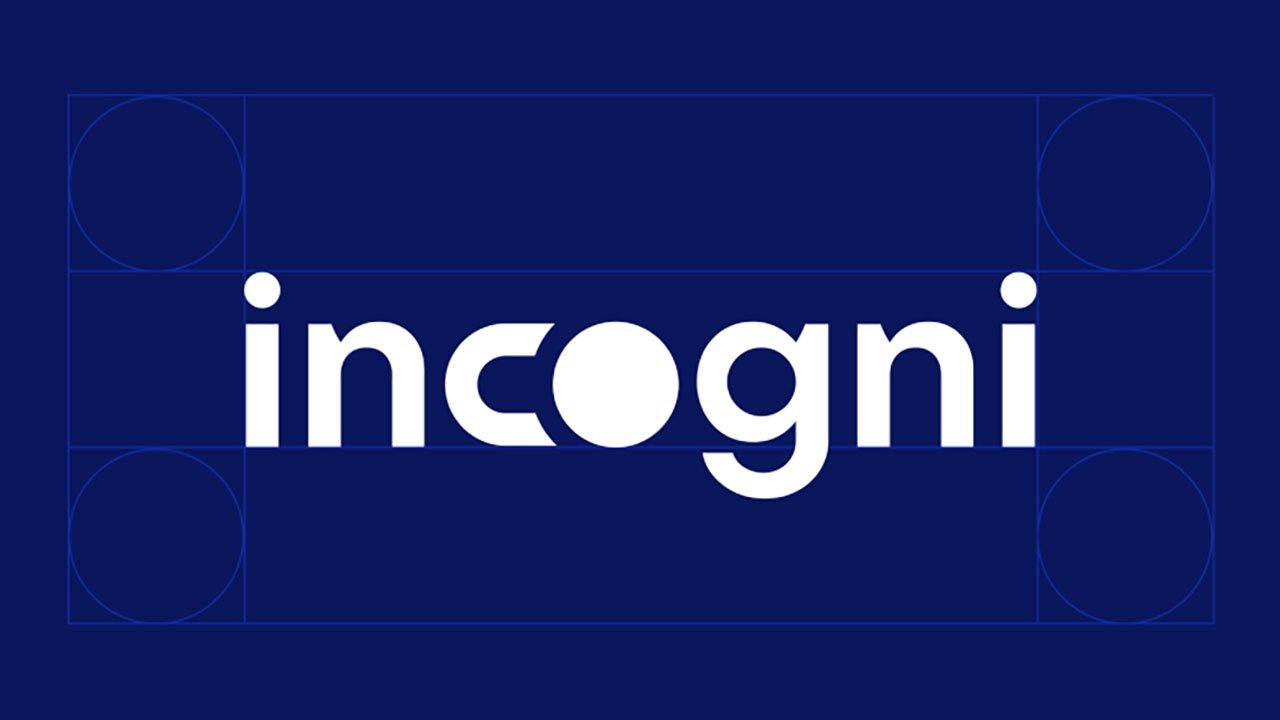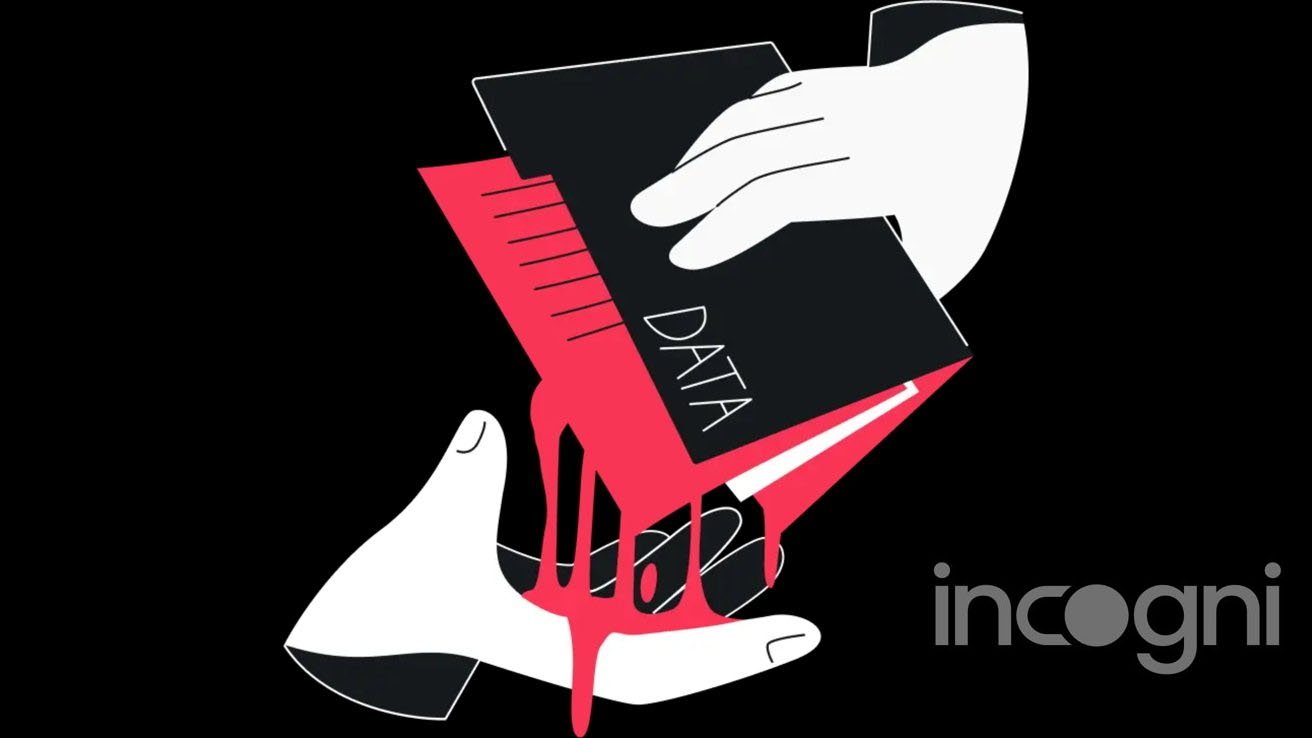Data brokers and people search sites are a serious problem, often too big in scope for individuals to handle. But Incogni can take the fight to them and restore your online privacy.
In order to live in the modern world, there’s no escaping the internet, but that also means you’ll have to contend with companies that profit from your personal data online. Users can take preventative action to reduce the data available to data brokers and people search sites, but it is impossible to eliminate it all while remaining online.
Thankfully, users have the ability to request that data be removed from servers. That said, there are hundreds of websites and companies you’d have to contact constantly to ensure data removal and opt-outs are honored.
If a single person tried to opt out and remove data from all of the known people search websites and data brokers, it would be a full-time job. Incogni has a database of how-to instructions for opting out of individual company databases, but each takes about 15 minutes and there are 85 sets of instructions today.
That’s about 21 hours of work to opt out of a fraction of known websites. Not to mention that companies that remove your data may resume collecting your data some days or weeks later without your knowledge.
However, there’s no reason to give up hope for removing your sensitive data. Incogni can do all the hard work for you.
Why bother fighting data brokers and people search sites
Even if privacy online isn’t a top priority for you, there are many reasons why letting your data sit unchallenged in hundreds of databases is a bad idea. The data that data brokers and people search sites have can be anything from your name and address to your credit card number or social security number.
If you’ve ever made a purchase online, chances are you’ve provided sensitive data to process the payment and have the package delivered to your home. If that website is hacked, your data is taken and sold off to the highest bidder.
The companies buying this data then hoard up all the information they can collect about individuals. These data sets can either be sold off for profit or used to target individuals for scams, phishing attempts, and other uses.
Even if a people search site or data broker aren’t aiming to use the data for nefarious purposes, they’re still hoarding data. On the surface, that wouldn’t really be an issue beyond the privacy implications.
The advertised use case for people sites is to provide users options to locate private details about a person, which can lead to stalking or other abuse. Data brokers gather data for advertising, which is valuable for agencies hoping to target specific metrics.
If those aren’t a problem for you, then there is one issue that everyone should be concerned with. Those data hoards attract bad actors that seek to hack those databases and distribute what they find to other bad actors or users on the dark web.
That means there is always the potential of your sensitive data falling into the wrong hands. This can lead to identity theft, financial instability, and other scams that create chaos in your life.
Using the internet means some companies will have your information, no matter what. But users should do what they can to ensure that data is limited to companies they actively use and trust.
That’s where Incogni comes in.
How Incogni works
We’ve established that if you’re online, you have generated tons of data that companies collect for their purposes. It is in your best interest to minimize which companies have your data, but going door to door would be an incredible waste of time and resources.
Incogni exists to help customers that want to reduce their internet footprint and eliminate potential for fraud, scams, and robocalls. The company has a database of data brokers and people search sites that it utilizes to automate the entire process.
When you sign up for Incogni, it begins scanning the internet for your personal information. Every time it discovers a website, people search site, or even search engine that has your data, Incogni sends a data removal request.
If requests are ignored, Incogni sends more periodically until something is done. Users are able to see discovery, requests, and completed removals from a dashboard in their Incogni account page.
Even after your data has been confirmed to be removed from a location, Incogni continues scanning that website periodically to ensure your data doesn’t reappear. The service ensures your data isn’t appearing anywhere you haven’t authorized.
Here’s how the process works:
- Sign up for an Incogni account and provide permission for the company to act on your behalf.
- Incogni scans people search and data broker sites for your data.
- Removal requests are sent, then sent again until something is done.
- Repeated scans prevent websites from adding back data about you.
- Lists of data brokers, people search sites, and more are updated regularly so Incogni can stay on top of things.
- If a data broker appeals a removal request, Incogni handles the appeal for you.
Incogni can help keep your data out of data broker and people search site databases, but that’s not all you can do to ensure you have privacy online. Using content blockers, VPNs, and aliases can help keep the available useful data at a minimum.
By using Incogni, you’re reducing your overall internet footprint. This means less spam calls, unwanted emails, and fewer opportunities for phishing scams or identity theft.
Get Incogni at a discount
Save 55% on an annual plan of Incogni with promo code SWITCHON that’s billed at $80.89 for a limited time only. You can also purchase a monthly plan for $14.98.







![iOS 18.4 beta 1 – 50 new changes and features [Video]](https://techtelegraph.co.uk/wp-content/uploads/2025/02/iOS-18.4-beta-1-50-new-changes-and-features-218x150.jpg)